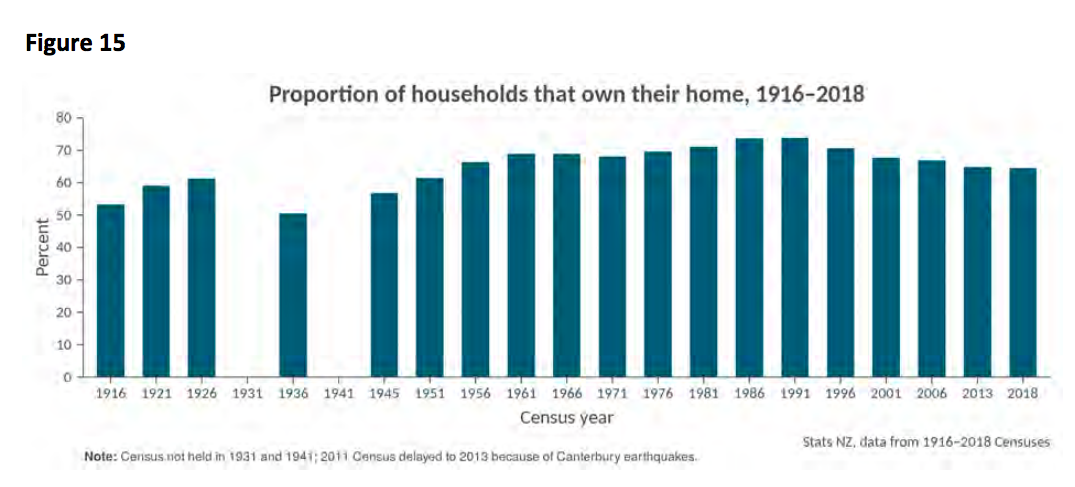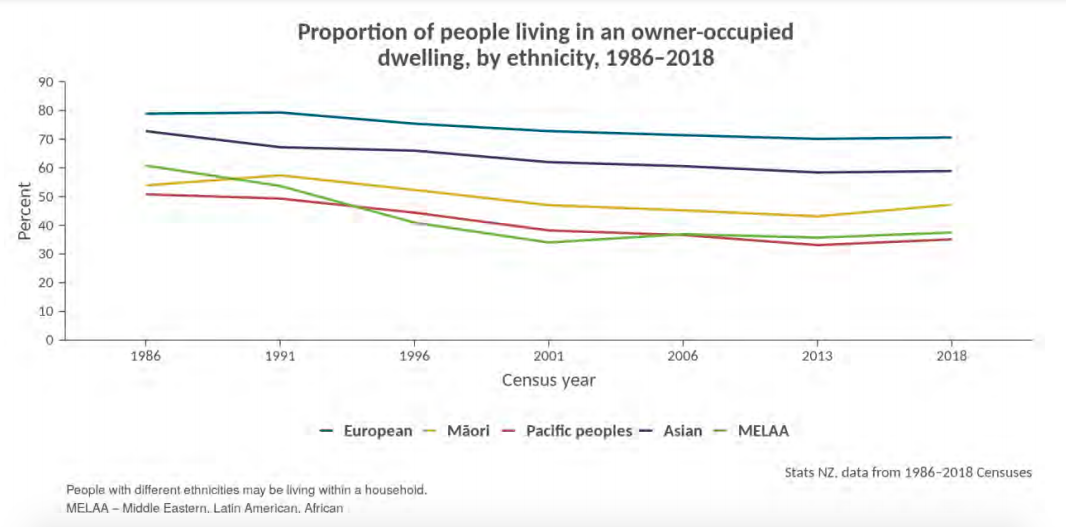(PHOTO: GETTY IMAGES)NZ housing
Stats NZ released a report yesterday that provides the most comprehensive view to date on housing in New Zealand. The findings are not pretty.
It’s no surprise to anyone to hear that New Zealand’s housing is beset by great many problems. But it’s quite different to see the extent of the crisis laid out and quantified in a 150-page report.
Released yesterday by Stats NZ, Housing in Aotearoa: 2020 gives a thorough overview of housing across the country by pulling data from the 2018 census, 2020 quarterly employment survey, the 2019 economic survey and social and pilot housing surveys from the past two years.
The report is broken down into seven parts, each looking at housing from different angles: affordability, habitability, supply and demand, rentals, stock, use and the environmental impact. All in all, it tells a stirring tale of how interwoven our lives and societies are with the homes we live in, and how the current woes are directly linked to the burgeoning inequality and diminishing quality of life of many New Zealanders.
What are the key findings?
Probably the biggest finding from the report confirms what many of us already suspected – the rate of homeownership has fallen.

According to the data, the proportion of households that own the house they live in dropped to 65% in 2018 – the lowest rate since 1951 – with younger people disproportionately affected. Since 1990, the rate of home owners in their late 20s plummeted from 61% to 44% and those in their late 30s from 79% to 59%. Surprisingly, things have been relatively stable over the past decade, and the biggest declines occurred during the 1990s, when unemployment was at its highest level since the great depression.
The data was even more skewed when viewed across ethnicities. While every ethnicity experienced a decline in home ownership, Māori and Pasifka households saw the most severe drop and were more likely to live in damp and unhealthy, or overcrowded homes.

While the decline occurred in every region in New Zealand, it was more severe in cities, with the largest drop occurring in Auckland.
What about rentals and housing affordability?
Naturally, with the rate of homeownership declining, the proportion of those who rent has increased. One third of New Zealand households – 1.4 million people – rented the home they lived in 2018.
Again, it’s no shock to read that the cost of housing is rising. Perhaps the most disconcerting finding, however, was that the amount of households putting aside 30% of their weekly income to rent increased from 20% of renters in 1988, to 40% in 2019.
READ MORE VIA THE SPINOFF














